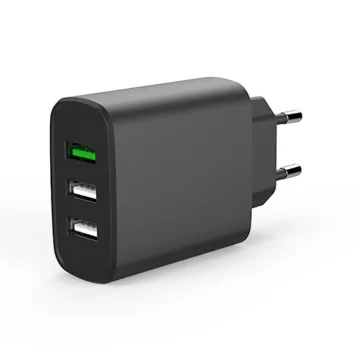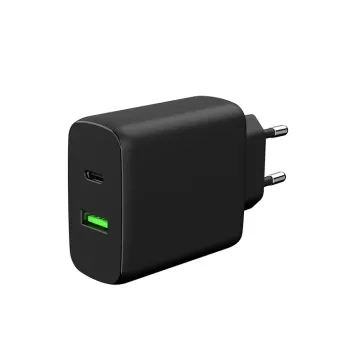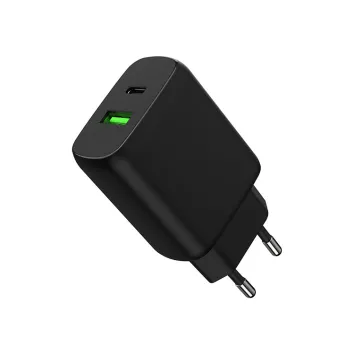Switching to A USB-C Port for iPhones Can Bring Several Advantages
- Using a unified USB-C port allows for more convenient connections and charging with other devices such as computers and tablets without the need for extra adapters.
- USB-C ports feature a reversible design, eliminating the need to worry about the orientation when plugging in, unlike the traditional Lightning interface.
Compatibility:
- USB-C is a universal interface standard widely adopted across various devices. Adopting a unified USB-C port enhances compatibility with devices from other brands, including Android smartphones and tablets.
- A uniform interface standard simplifies the accessory ecosystem, enabling more manufacturers to produce diverse chargers, cables, and other accessories.
Fast Charging and Data Transfer Speeds:
- USB-C supports higher power delivery, allowing for faster charging and reduced charging times for users.
- Additionally, USB-C ports support faster data transfer speeds, facilitating quicker file transfers and synchronization.
Environmental Benefits:
- The adoption of a unified USB-C port can reduce the number of discarded chargers and cables. Users only need one USB-C charger and cable, reducing electronic waste.
- USB-C also supports more efficient charging methods, such as USB-PD (Power Delivery), which can improve energy conversion and conservation.
Stimulating Innovation:
- The transition to a USB-C port will encourage manufacturers to innovate further within the accessory ecosystem, including technologies like wireless charging and fast wireless data transfer.
- USB-C is an open standard that allows more manufacturers to participate in the research and development of related technologies, driving industry-wide progress.
Enhanced User Experience:

Read More

Read More

Read More
- Users no longer need to carry various chargers and cables for different devices, simplifying daily operations.
- Adopting a unified USB-C port can enhance user satisfaction with the iPhone product line, improving brand image and market competitiveness.

Read More

Read More

Read More